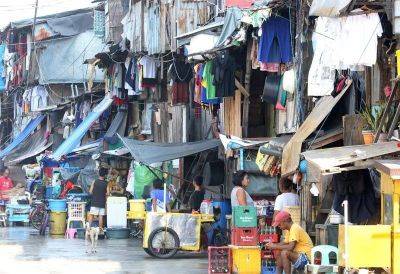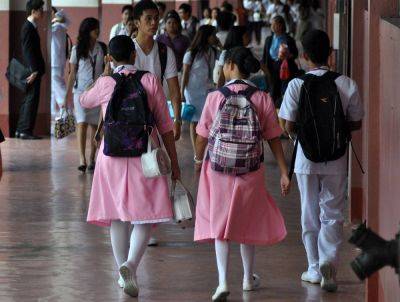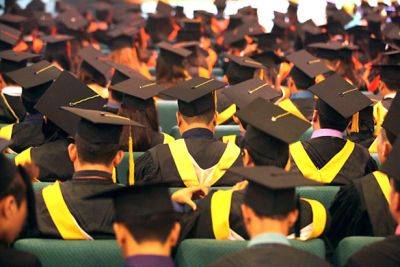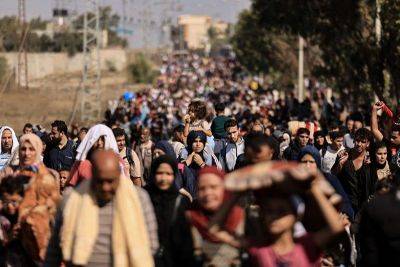More Filipinos rate themselves poor – SWS poll
MANILA, Philippines — The number of Filipino families who consider themselves poor increased to 13.2 million, according to the third quarter survey conducted by Social Weather Stations (SWS).
Results of the Sept. 28 to Oct. 1 survey released yesterday found that 48 percent of the respondents considered their families poor, up from 45 percent obtained in a similar survey conducted in June 2023.
This represents 13.2 million poor families, compared to 12.5 million in the previous survey.
Based on the latest survey, those who said they were “not poor” increased from 22 percent to 25 percent, while those who were identified as “borderline poor” dropped from 33 percent to 27 percent.
According to SWS, the increase in self-rated poverty was due to the significant increase in Mindanao, along with the slight increase in Metro Manila and the Visayas and a slight drop in balance Luzon.
Self-rated poverty was highest among respondents in Mindanao at 71 percent (from 54 percent), followed by those in the Visayas at 59 percent (from 57 percent), Metro Manila at 38 percent (from 35 percent) and the rest of Luzon at 35 percent (from 39 percent).
Meanwhile, those who said their families are “not poor” was highest among respondents in balance Luzon at 40 percent (from 23 percent), followed by those in Metro Manila at 33 percent (from 42 percent), the Visayas at eight percent (from 15 percent) and Mindanao at four percent (from 13 percent).
The same survey also found that the number of Filipinos who consider their families as “food poor” – or those who rated themselves as poor based on the food that they eat – stayed at 34 percent.
SWS said this translates to 9.2 million families who considered themselves as “food poor.”
Those who rated their families as “not food poor” increased from 29 percent to 31 percent, while those who were “borderline food poor” dropped from 38 percent to 35 percent.
Self-rated food poverty was highest among respondents in Mindanao at 51 percent (from 40 percent), followed by those in the Visayas at 39 percent (from 42 percent), Metro Manila at 29 percent (from 32 percent) and the rest of Luzon at 24 percent (from 28 percent).
Meanwhile, those who said







